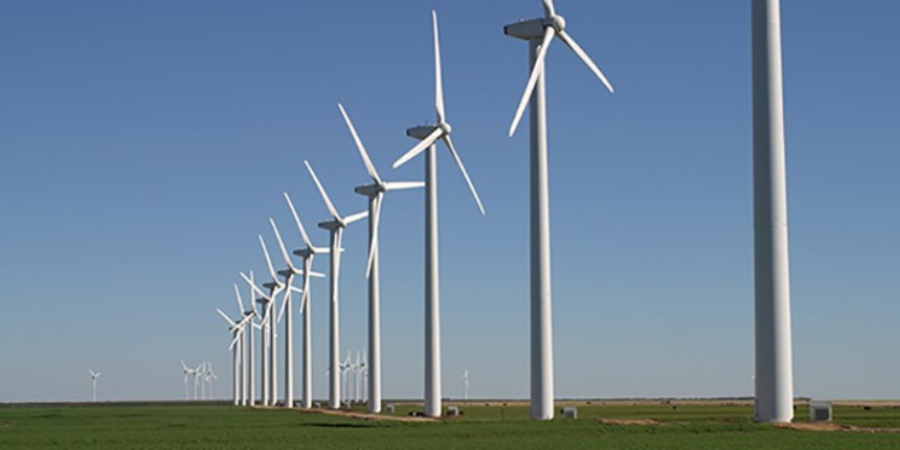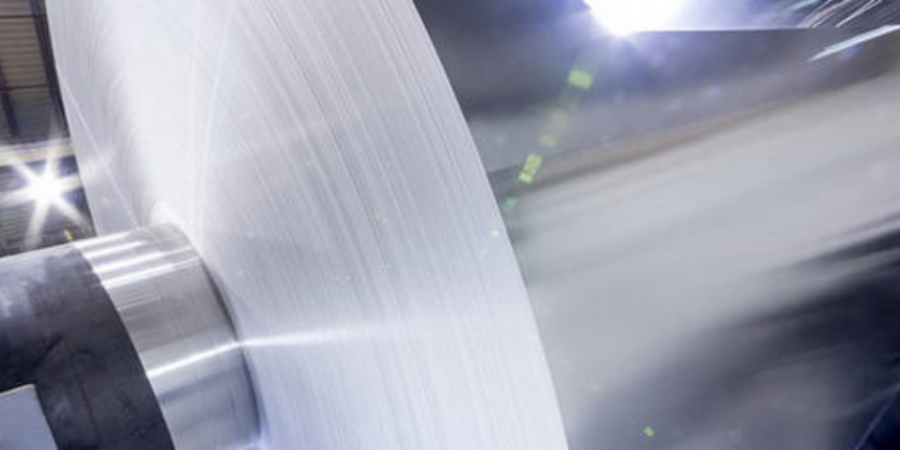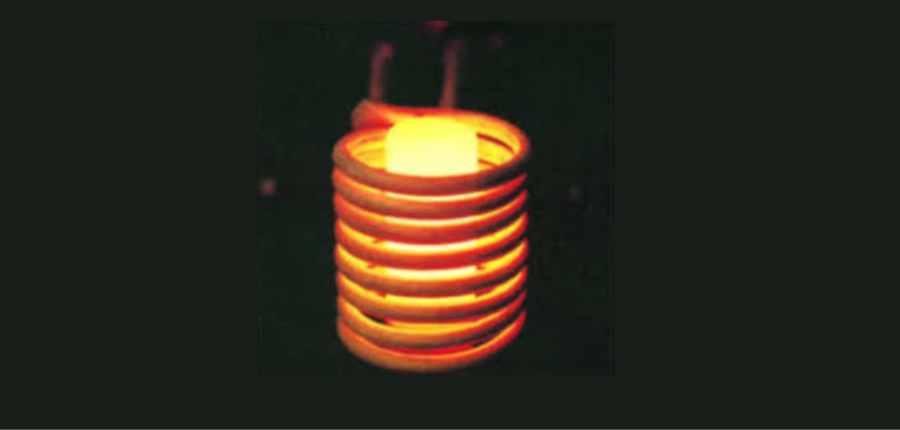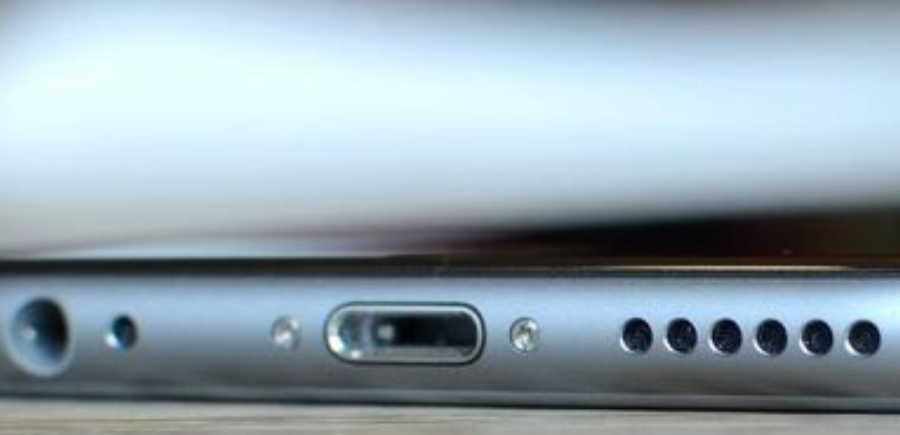Two -thirds new US generating capacity from renewables: Wind largest source
According to the just-released latest monthly Energy Infrastructure Update report from the Federal Energy Regulatory Commission‘s (FERC) Office of Energy Projects, 69 new units of wind accounted for 7,977MW of new generating capacity – or nearly half (48.39%) of all new capacity for the year. That is a third more than the 5,942 MW of new capacity provided by 50 units of natural gas.
Among the other renewable sources, solar placed second with 2,042MW (238 units) followed by biomass with 305MW (26 units), hydropower with 153MW (21 units), and geothermal steam with 48MW (2 units).
FERC reported no new capacity at all for the year from nuclear power and just 15 MW from ten units of oil and only 3 MW from a single new unit of coal. Thus, new capacity from renewable energy sources during 2015 (10,525 MW) is more than 700 times greater than that from oil and over 3,500 times greater than that from coal.
Renewable energy sources now account for 17.83% of total installed operating generating capacity in the U.S.: water – 8.56%, wind – 6.31%, biomass – 1.43%, solar – 1.20%, and geothermal steam – 0.33%. The share of total installed capacity from non-hydro renewables (9.27%) now exceeds that from conventional hydropower (8.56%).
For perspective, when FERC issued its very first Energy Infrastructure Update in December 2010, renewable sources accounted for only 13.71% of total installed operating generation capacity. Over the past five years, solar’s share has increased 12-fold (1.20% vs. 0.10%) while that from wind has nearly doubled (6.31% vs. 3.40%). During the same period, coal’s share of the nation’s generating capacity plummeted from 30.37% to 26.16%.
Finally, for the first time, installed electrical capacity from non-hydro renewables (108.34 GW) has now eclipsed that of nuclear power (107.03GW).
“If it weren’t already obvious, the latest FERC data confirm that the era of coal, oil, and nuclear power is rapidly drawing to a close,” notes Ken Bossong, Executive Director of the SUN DAY Campaign. “The future – in fact, the present – has become renewable energy!”
Source: The Federal Energy Regulatory Commission
Two -thirds new US generating capacity from renewables: Wind largest source Read More »












 Source:
Source: 


